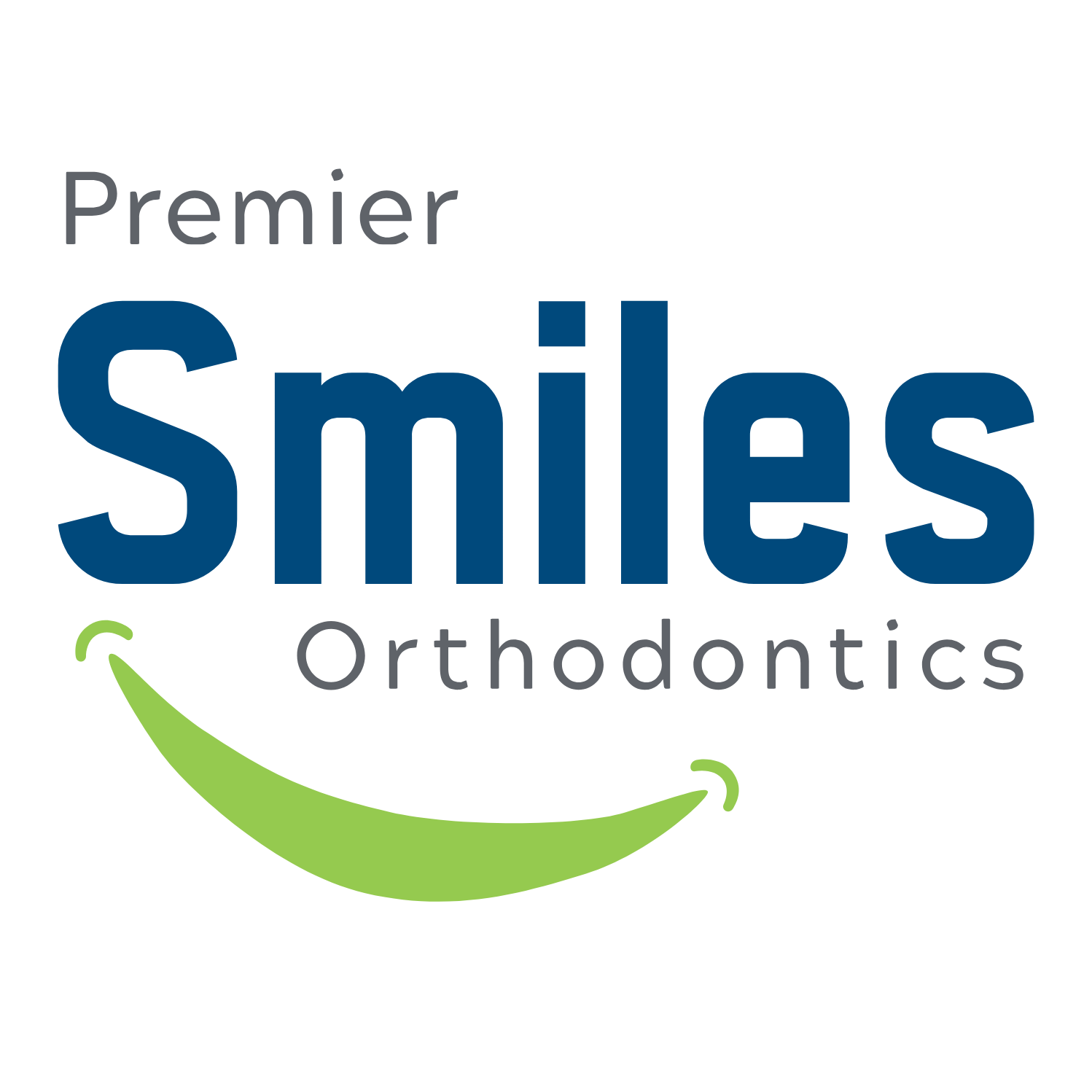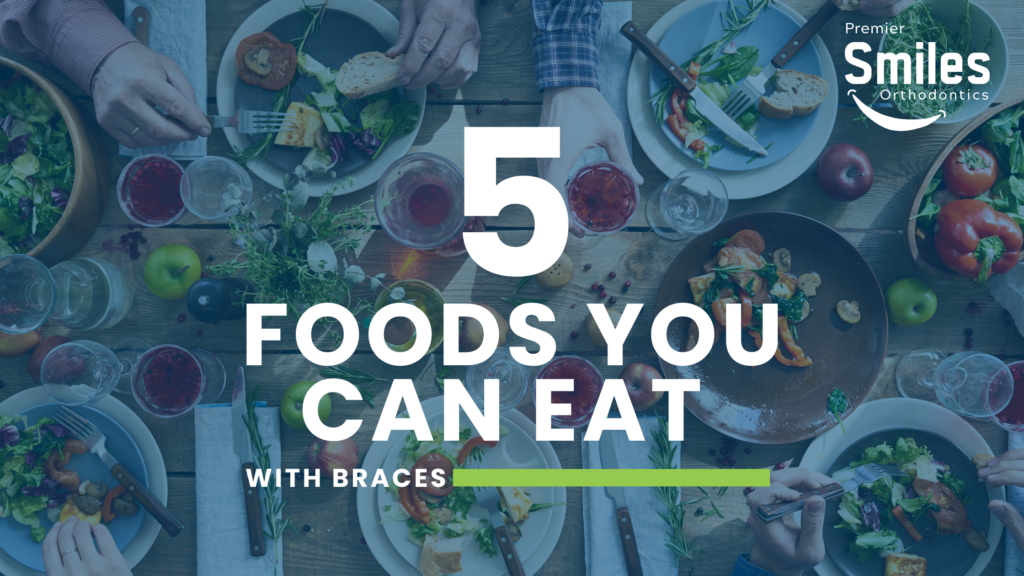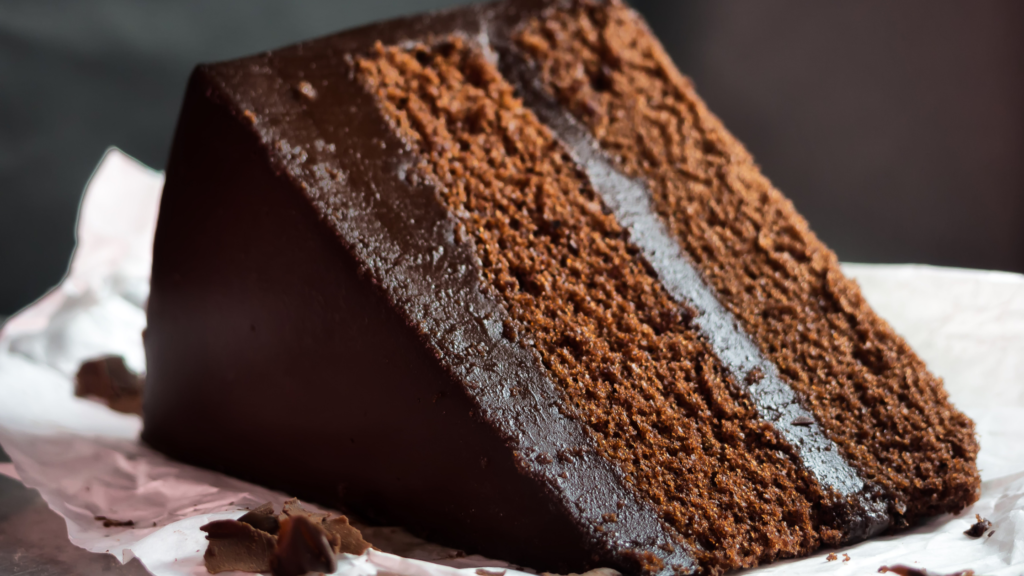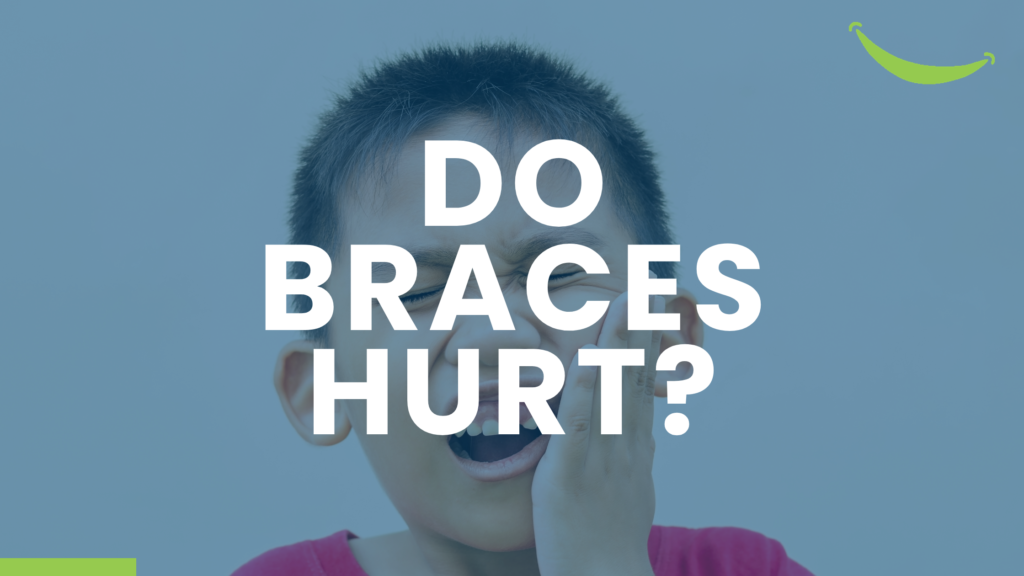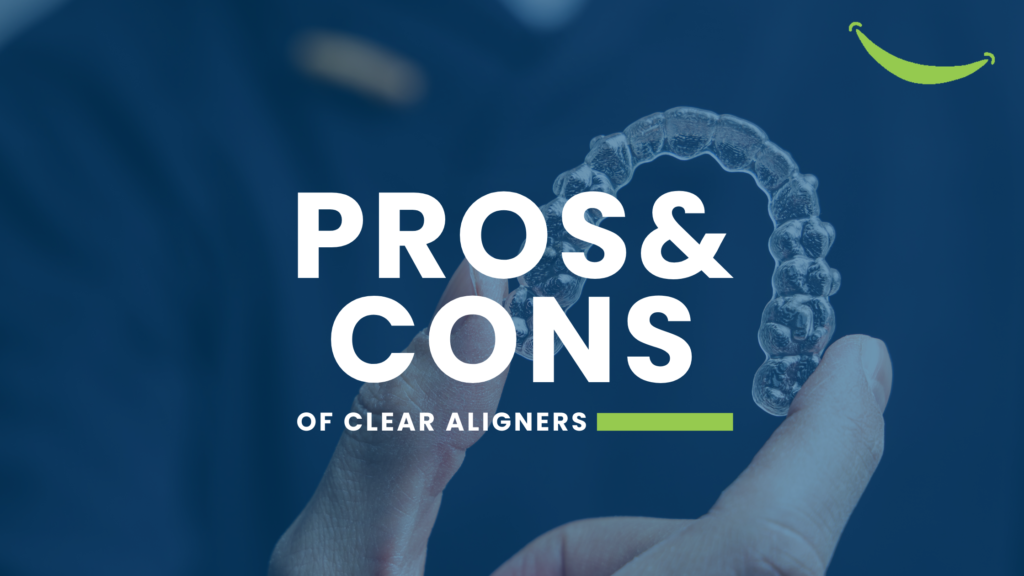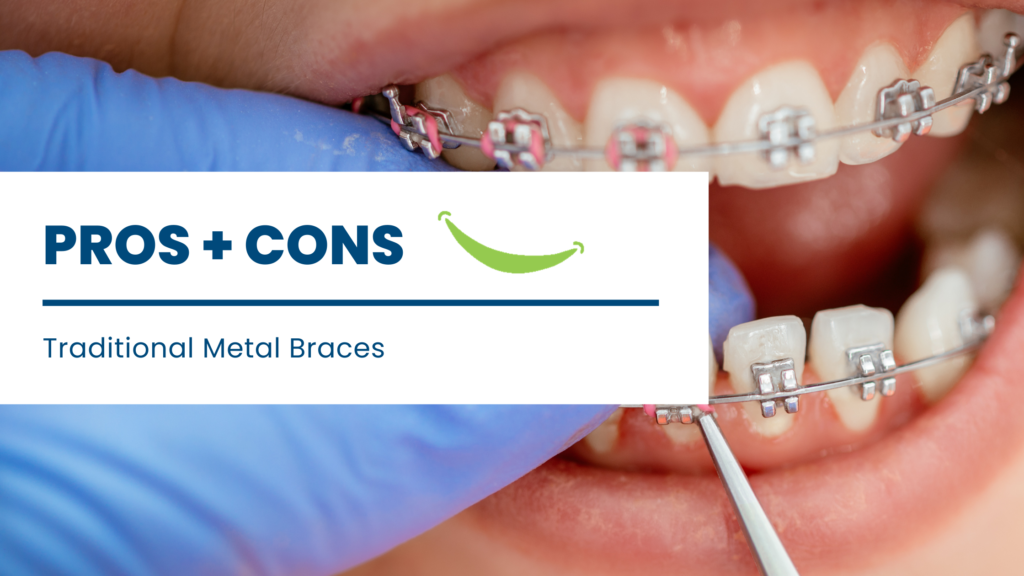Braces enhance both the beauty and health of our smiles. Yet, navigating the treatment process can sometimes present challenges for patients. The good news is that with dedication and a few clever tricks, you can ensure your treatment progresses smoothly. Here are some of our favorite life hacks to simplify your braces journey.
Wax
Your orthodontist will provide you with wax to ease any irritation you might experience. But do you know the best way to apply it? Many patients struggle to get the wax to stick properly and work as intended. Here are a few steps to ensure it adheres well: Always brush and floss before applying wax to ensure a clean surface. Use a tissue or a cotton pad to dry off the area—be cautious not to snag the cotton on your brackets or wires. A dry surface is easier for the wax to stick to. Soften a small amount of wax and roll it into a ball; if it doesn’t adhere, flatten it into a pancake shape. Apply the flattened wax over the bracket and press firmly on the edges to secure it in place. If you find wax application challenging, consider using a product like Ortho Dots, designed for easier application.
Soothing Irritation
While wax is effective for soothing irritation, there are alternatives if it doesn’t suit you. Over-the-counter (OTC) medications such as ibuprofen or acetaminophen can be highly effective, not only for irritation but for managing soreness. It’s crucial to use these medications strictly as directed, considering daily limits and potential interactions with other medications. Topical oral anesthetic can also numb affected areas. Always consult your orthodontist before using any OTC medications.
Easiest Way to Floss
Using regular floss can be frustrating when you have braces, but you must floss during treatment. Ortho Picks are one of our favorite products for flossing. This product is designed specifically for flossing with braces. One of the sides can fit under your wires, which is a struggle when using regular floss. We love this product and believe it makes flossing super easy. Work smarter, not harder, right?
Avoiding Stains
Some foods and drinks can cause staining, leaving a noticeable ring around the bracket when your braces are removed. Certain colors of braces can also temporarily stain which many patients find unappealing. Lighter colors like white and yellow are particularly prone to staining. To prevent long-term staining, it’s important to understand what causes staining and how to minimize it. Foods and drinks high in acidity, dark-colored foods, and items with artificial dyes all contribute to staining, a concern that persists even without braces.
Acidic: Coffee, tea, wine, soda, kinds of vinegar, berries, sauces, etc.
Dark: Darker chocolates, bright fruits/vegetables like beets, soy sauce, balsamic vinegar, curry, etc.
Dyed: Candy (think candies that leave a color on your tongue), food coloring, etc.
Okay, that’s a long list, but don’t worry. You don’t have to cut out these foods completely! Drink through a straw to keep liquid from touching your teeth and try not to let it linger in your mouth. Rinse your mouth out after eating/drinking, and then brush after. Be careful not to brush until at least 30 minutes after eating acidic foods because it can damage your enamel. You can also mix ingredients like fruit and tea with milk to lessen the staining effects. Finally, drink a lot of water throughout the day because it can help rinse your teeth. There are plenty of ways to keep staining at bay!
Bottomline
These life hacks use alternatives and tools to work with the braces instead of against them. Make sure you use trusted sources when looking for help with your treatment, and don’t be afraid to call up your orthodontist for any questions. Our team is always ready to help and answer questions. Good luck on your braces journey!
